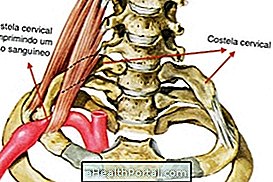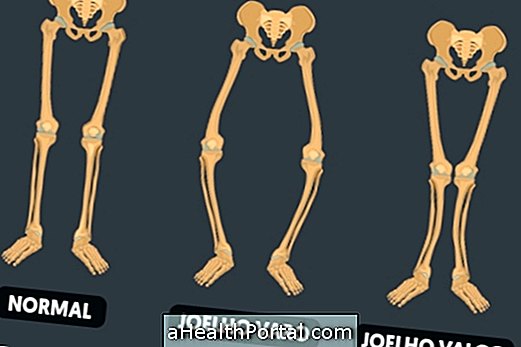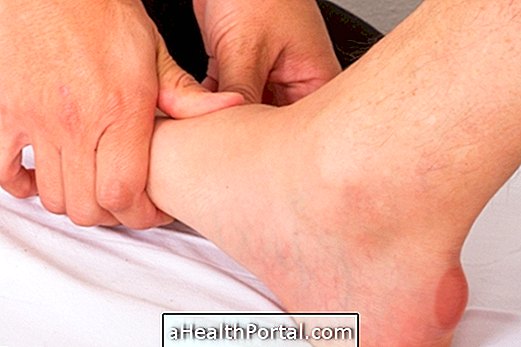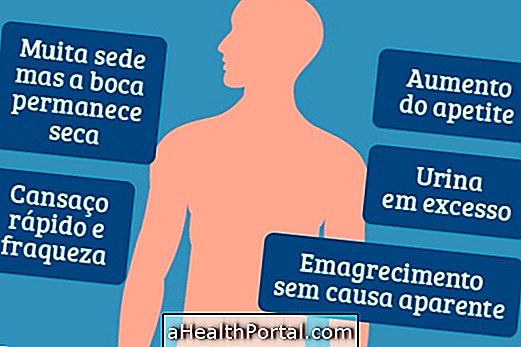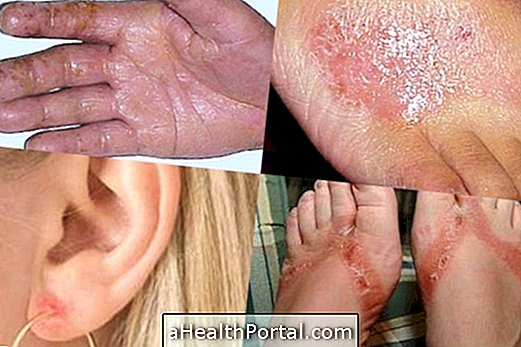Osteoarthritis and osteoarthrosis are exactly the same disease, but it was once believed to be different diseases because purportedly arthrosis had no signs of inflammation. However it has been discovered that there are small flash points in arthrosis and so whenever there is arthrosis, there is also inflammation.
Thus, it was decided that the generic term arthritis will be used synonymously with arthrosis. But types of arthritis such as rheumatoid arthritis, juvenile arthritis and psoriatic arthritis continue to be termed as arthritis and do not mean the same as arthritis because they have a different pathophysiology.
Arthritis is the same as osteoarthritis, osteoarthritis and osteoarthritis. But it is not the same as rheumatoid arthritis, psoriatic arthritis and juvenile arthritis, for example.
Main differences
See the chart below for the main differences between the types of arthritis and arthrosis:
| Symptoms | Treatment | |
| Osteoarthritis / Osteoarthritis | Difficulty performing joint movements due to pain and stiffness that can last all day or improves with rest Deformity of the joint, may become larger and deformed | Anti-inflammatories, Analgesics, Corticosteroids, Physiotherapy, Exercises |
| Rheumatoid arthritis | Pain in the joint, stiffness, difficulty moving in the morning, inflammatory signs such as redness, swelling and temperature increase There may be difficulty moving the joint, especially in the morning, and lasts about 20 minutes. | Anti-inflammatories, Analgesics, Disease Course Modifiers, Immunosuppressants, Physical Therapy, Exercises |
| Psoriatic arthritis | Symptoms arise 20 years after the onset of psoriasis: joint stiffness and difficulty in moving it Presence of psoriasis on the skin, nails or scalp | Anti-inflammatories, Analgesics, Anti-rheumatics and Corticosteroids |
How To Fight Joint Pain
Both in rheumatoid arthritis and in arthrosis treatment may include the use of medications, physiotherapy sessions, weight loss, regular physical exercise, infiltration of corticoids in the joint, and, in the latter case, surgery to remove injured tissues or to place a prosthesis .
In the case of rheumatoid arthritis, the doctor may indicate the use of anti-inflammatories, immunosuppressants and corticosteroids, but when there is only joint damage without signs of inflammation, if there is only osteoarthritis the medications may be others, and if the pain is really disabling and physiotherapy is not sufficient to relieve symptoms and improve the quality of life of the person, the doctor can indicate if surgery is performed to place a replacement prosthesis.
Physical therapy can also be done differently, as it will have different therapeutic goals. However, the treatment chosen will depend on some factors, such as age, financial situation, degree of commitment of the joint and the type of activity that the individual practices in his daily life. The food should also be rich anti-inflammatory foods such as orange, guava and tuna. See more tips on how diet can improve arthritis.
Who Has Arthritis Or Arthritis Can Retire?
Depending on the type of work activity that the individual performs daily at his job and the injured joint, the person may be removed from work to perform a treatment and in some cases may even request retirement before legally scheduled inability to perform their function for health reasons.
